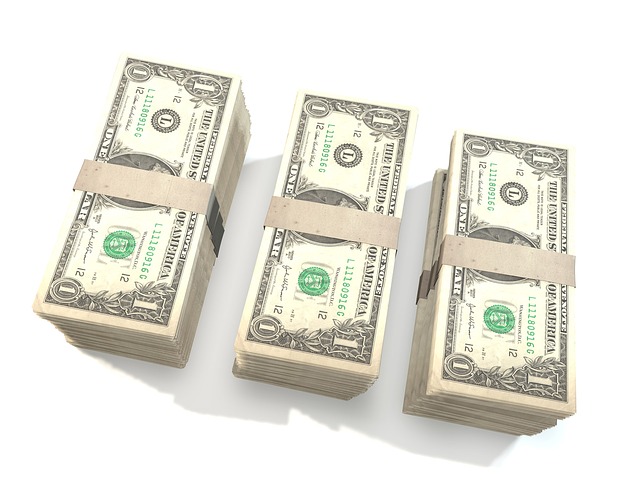A Rare Dollar U-Turn, but Persistent Themes Remain Intact

Please note that we are not authorised to provide any investment advice. The content on this page is for information purposes only.
What can’t go up forever apparently will not and today has seen a couple violent moves. The dollar, which has risen by more than 10% against the yen since the BOJ surprised with a 5-4 vote to accelerate its already aggressive monetary easing on October 31, rose to new multi-year highs yesterday just shy of JPY122 only to sell off to almost JPY119.50 today.
What can’t go up forever apparently will not and today has seen a couple violent moves. The dollar, which has risen by more than 10% against the yen since the BOJ surprised with a 5-4 vote to accelerate its already aggressive monetary easing on October 31, rose to new multi-year highs yesterday just shy of JPY122 only to sell off to almost JPY119.50 today.
There was not a fundamental trigger, though the sell-off in global equity markets may have encouraged the some profit taking. Much of the pressure, however, appeared to stem from crosses, especially the dollar-bloc. A poor business confidence survey saw the Australian dollar fall to $0.8225, fueling more calls for rate cuts next year.
Chinese stocks also staged a dramatic reversal. The Shanghai Composite, which extended its recent moon-shot initially by tacking on another 3% to bring the gains since last November’s surprise rate cut to nearly 27%, reversed sharply to close 5.4% lower on the day. A 7.5% drop in financials, and almost as large a drop in the energy sector led it. Regulators have been warning about investors getting ahead of themselves in recent days. Earlier today, regulators tightened collateral rules for equity margin. AA rated bonds or lower can no longer be collateral to buy stocks. This effectively drained liquidity, though the PBOC itself refrained from open market operations.
The yuan sold off sharply. It has declined 1% since the end of last week. The dollar reached CNY6.2080 today, the highest level since July. The recent low was set at the end of October near CNY6.1080. China reports inflation and lending figures tomorrow. Barring a significant surprise, many participants will continue to look for a near-term cut in the reserve requirements.
Ideas that the UK economy was enjoying new momentum late in the year were stopped cold by disappointing industrial production and manufacturing data. Expectations were for October industrial production and manufacturing to have both risen by 0.2%. Recall the October manufacturing PMI rose to 53.3 in October from 51.6 in September. Today the UK reported industrial output fell by 0.1% while manufacturing output slumped 0.7%. The implied yield of the December 2015 short-sterling contract is nearly 10 bp higher than yesterday. UK gilts are outperforming.
Separately, BRC sales were stronger in November rising 2.2% year-over-year after a 1.4% increase in October. Like-for-like increased 0.9% after a flat October. Also, MPC member Weale, who has favored an immediate hike in rates, reiterated his hawkish stance. The other dissenting hawk McCafferty speaks Thursday.
Greek bonds are also staging a dramatic reversal today. Ten-year bonds yields had approached 8.5% in late November, but by the end of last week, yields had slumped to near 7.15%. The yield has jumped back toward 7.70% today. Greek stocks have slumped more than 8%, led by financials (-11%). The trigger was Prime Minister Samaras’ decision to bring forward the selection of the next Greek president. Opposition parties will try to prevent Samaras from gaining the sufficient super-majority needed to do so, and this would force elections early next year. Syriza, which is anti-austerity, and most recently pressing for official sector investor haircuts, is running ahead in the polls. A January election, for example, could influence the ECB to wait until its March meeting to announce a wider asset purchase plan. It could be an awkward time to buy Greek bonds, to say the least.
The Federal Reserve’s Labor Market Conditions Index deteriorated in November (2.9 vs 3.9). Today’s JOLTS report is to follow. It is not a market mover, and it will stand in the way of rising confidence of the first Fed hike next year. The immediate focus is on next week’s FOMC statement, where there is growing speculation that the Fed drops or modifies “considerable period”. In fairness, many thought this was possibly at the last meeting, but it is now understood that the importance of the Fed press conference to help explain and guide expectations. This is also why the first rate hike is also at a meeting in which Yellen holds a press conference.
A Day of Reversals is republished with permission from Marc to Market




